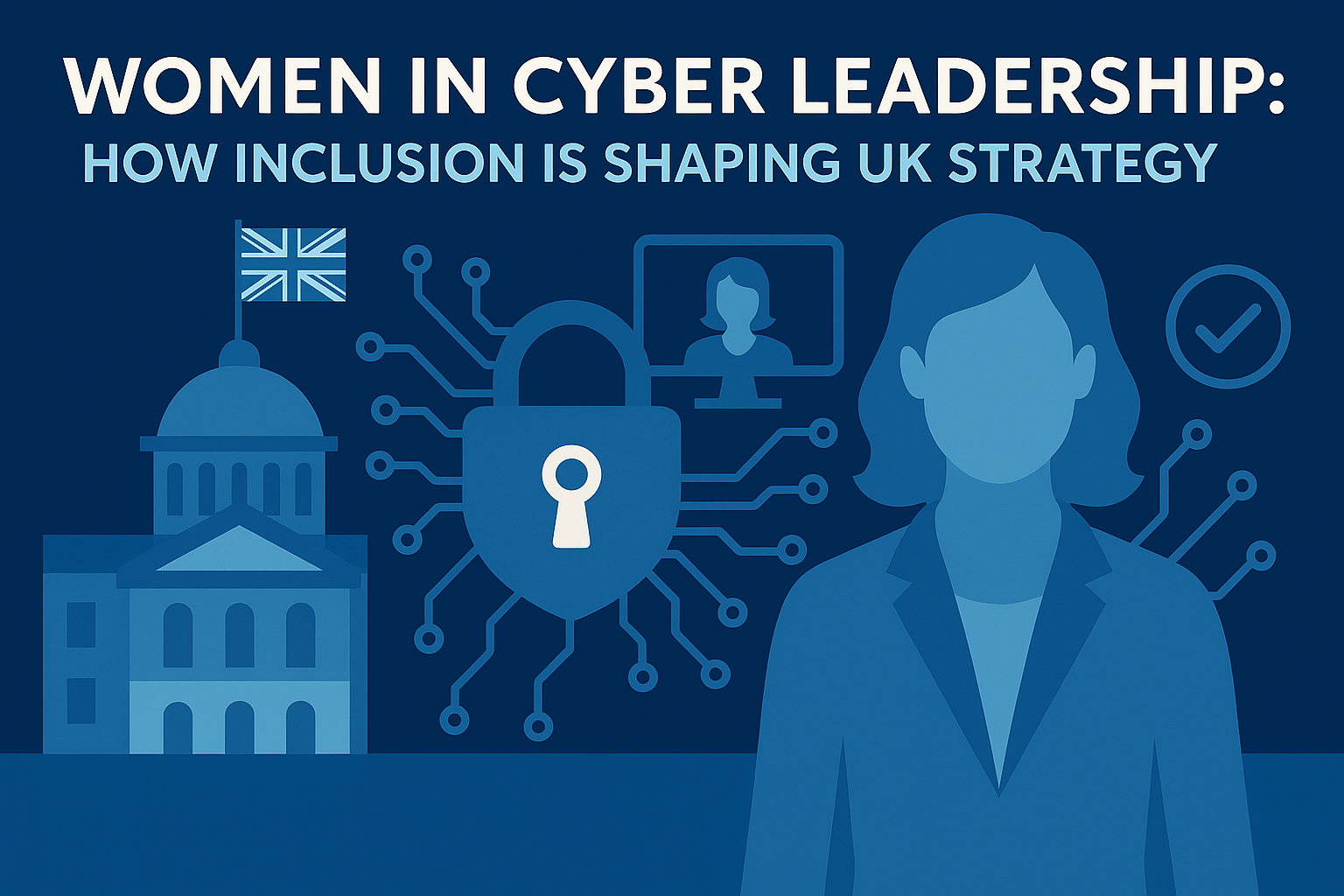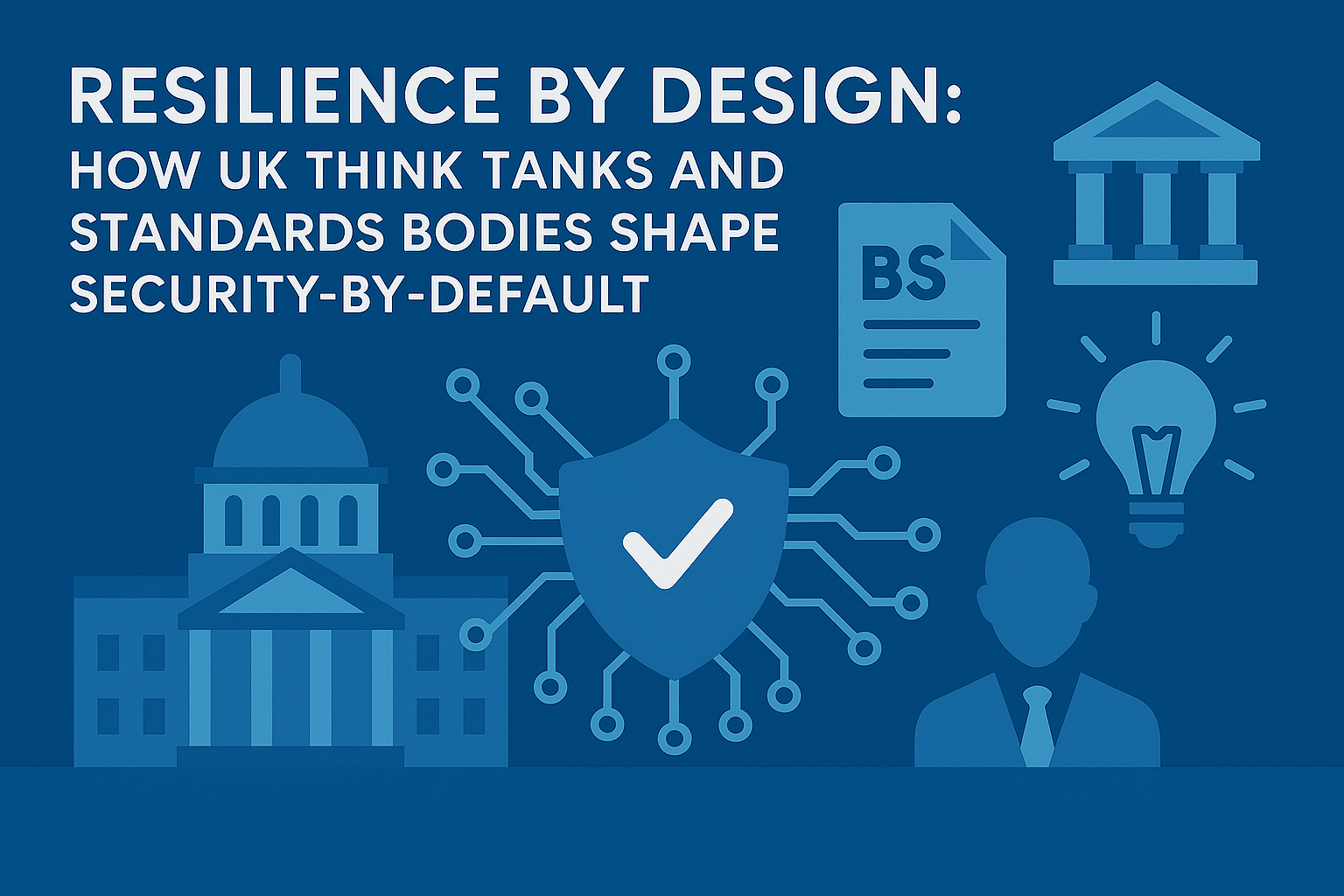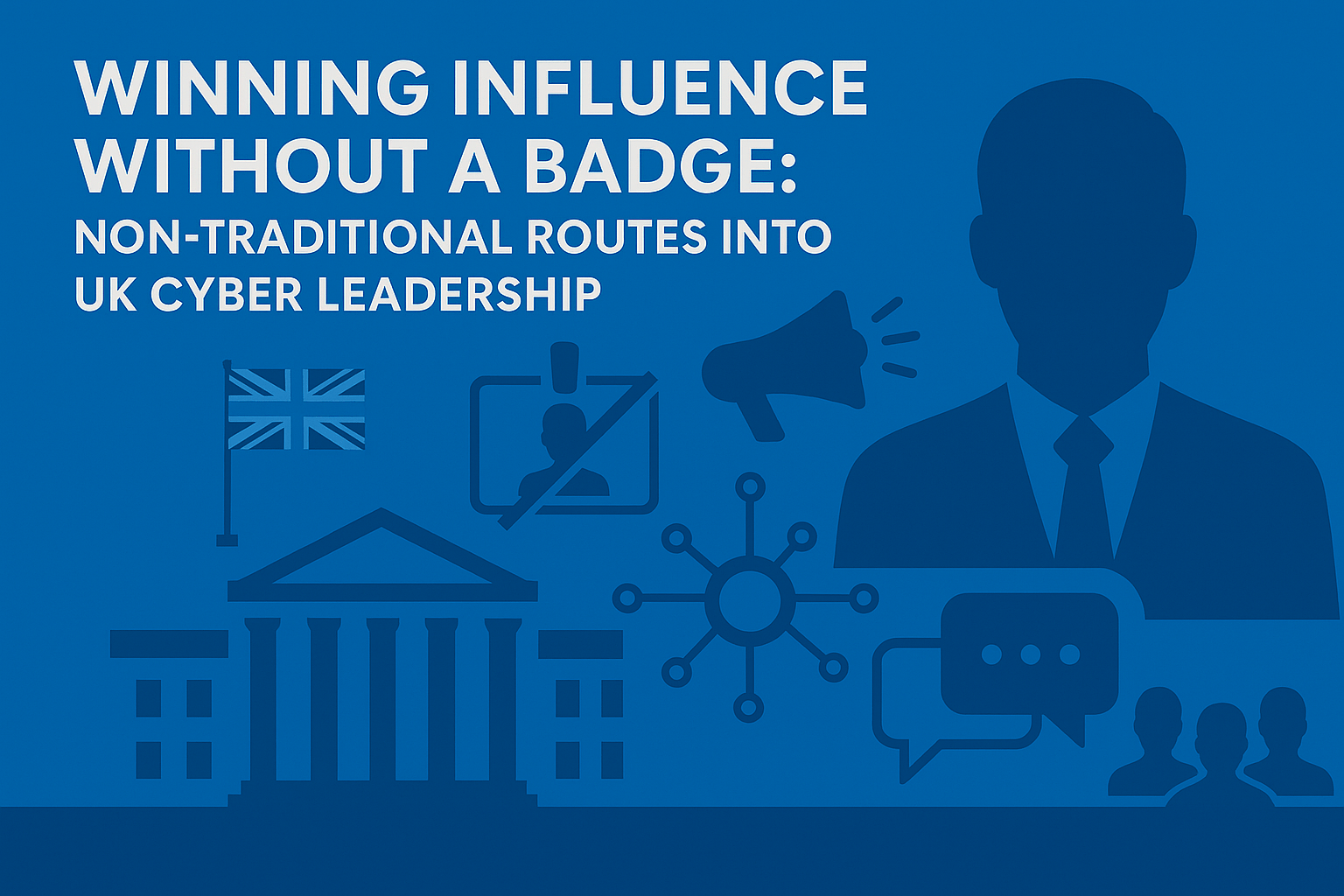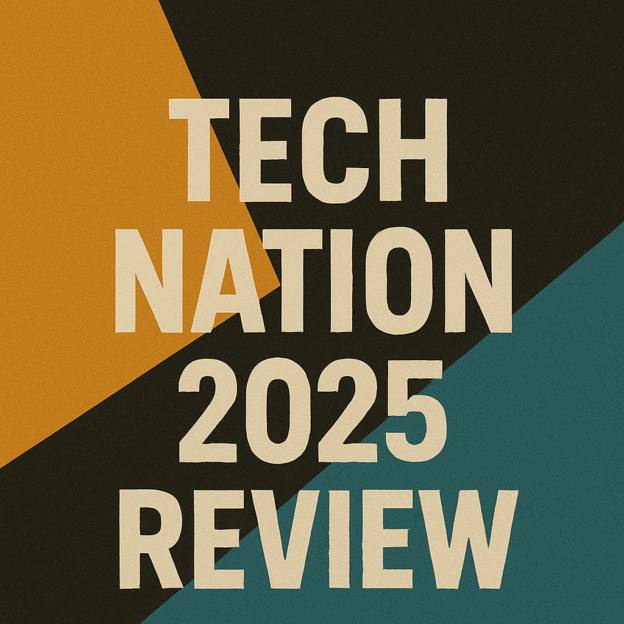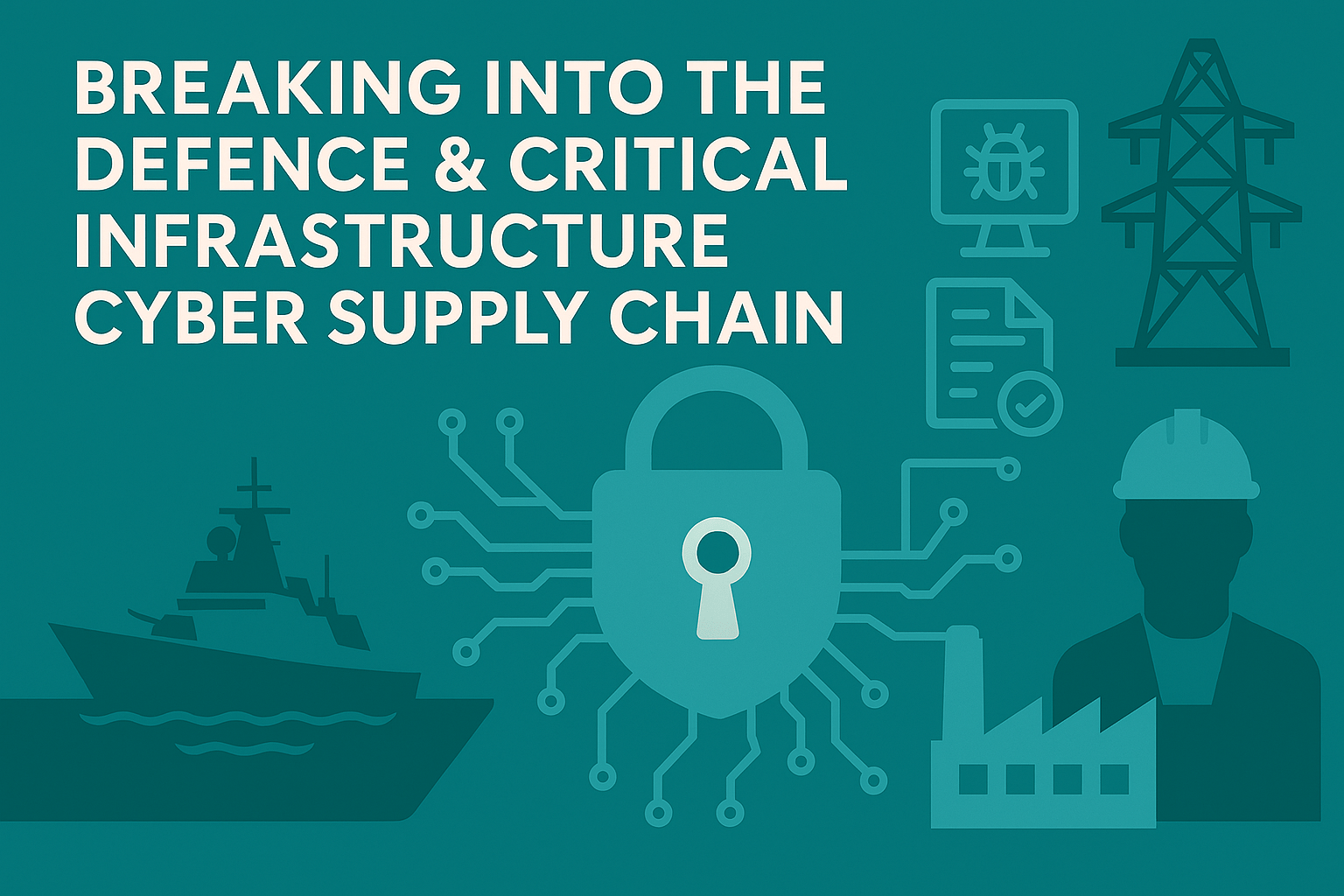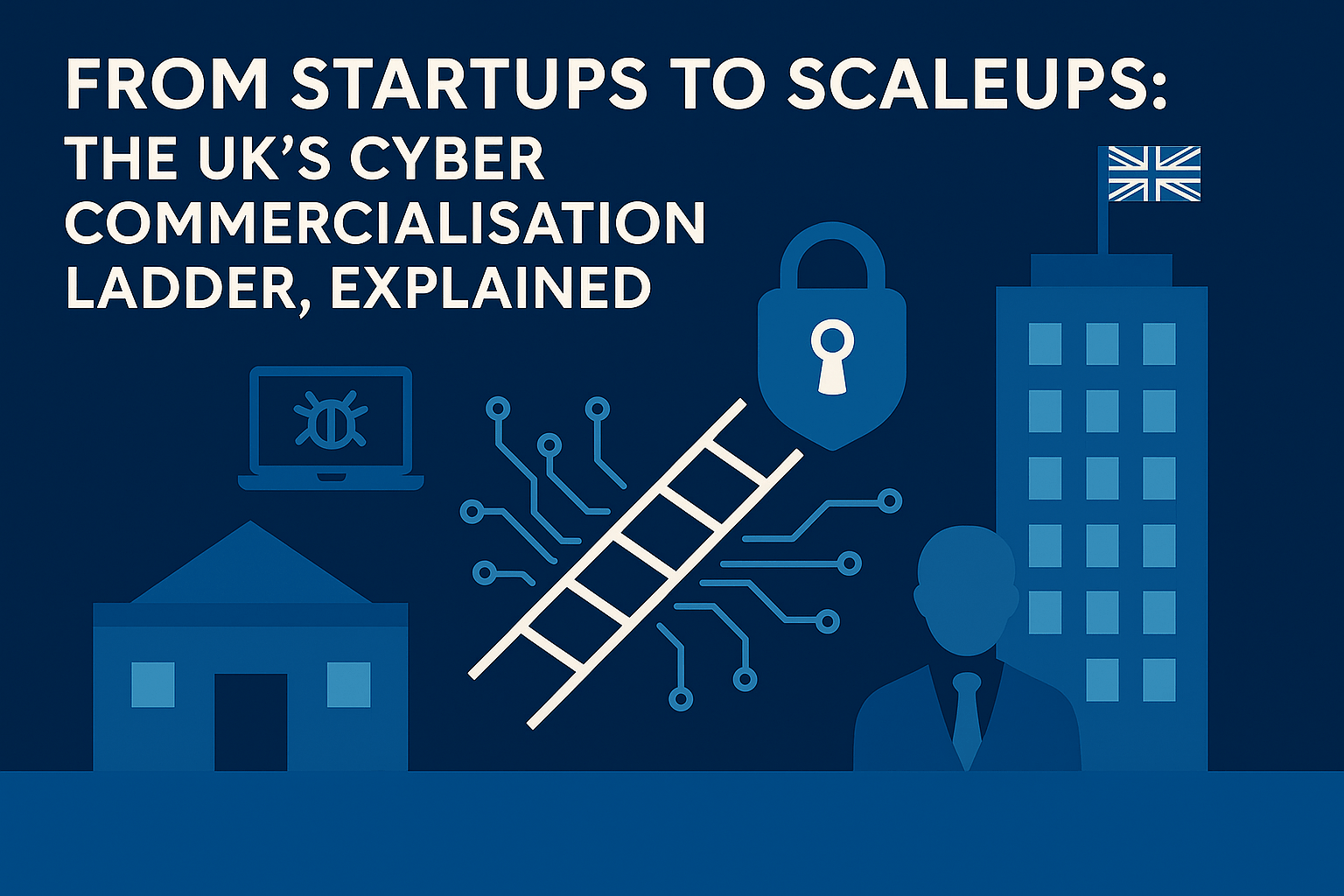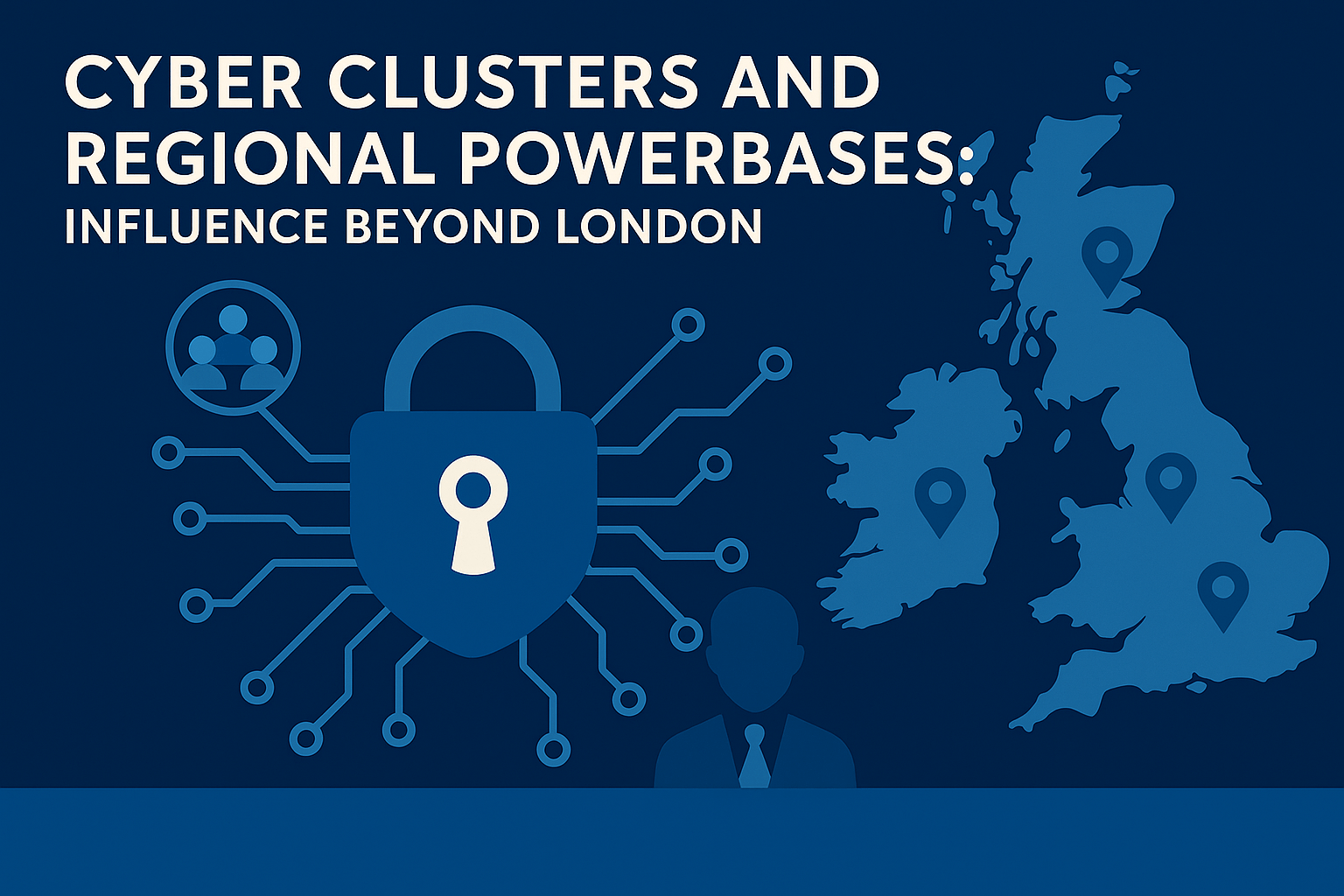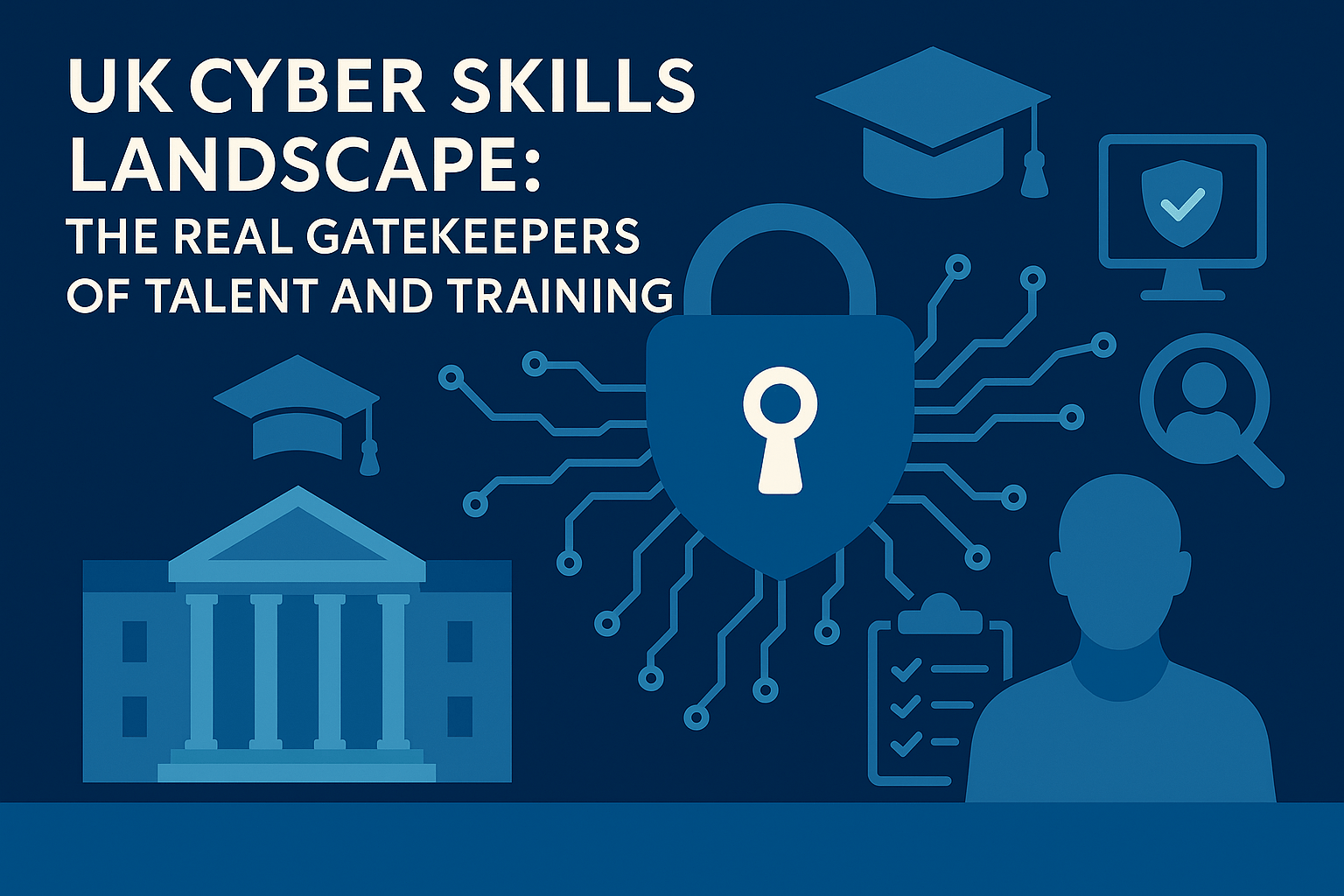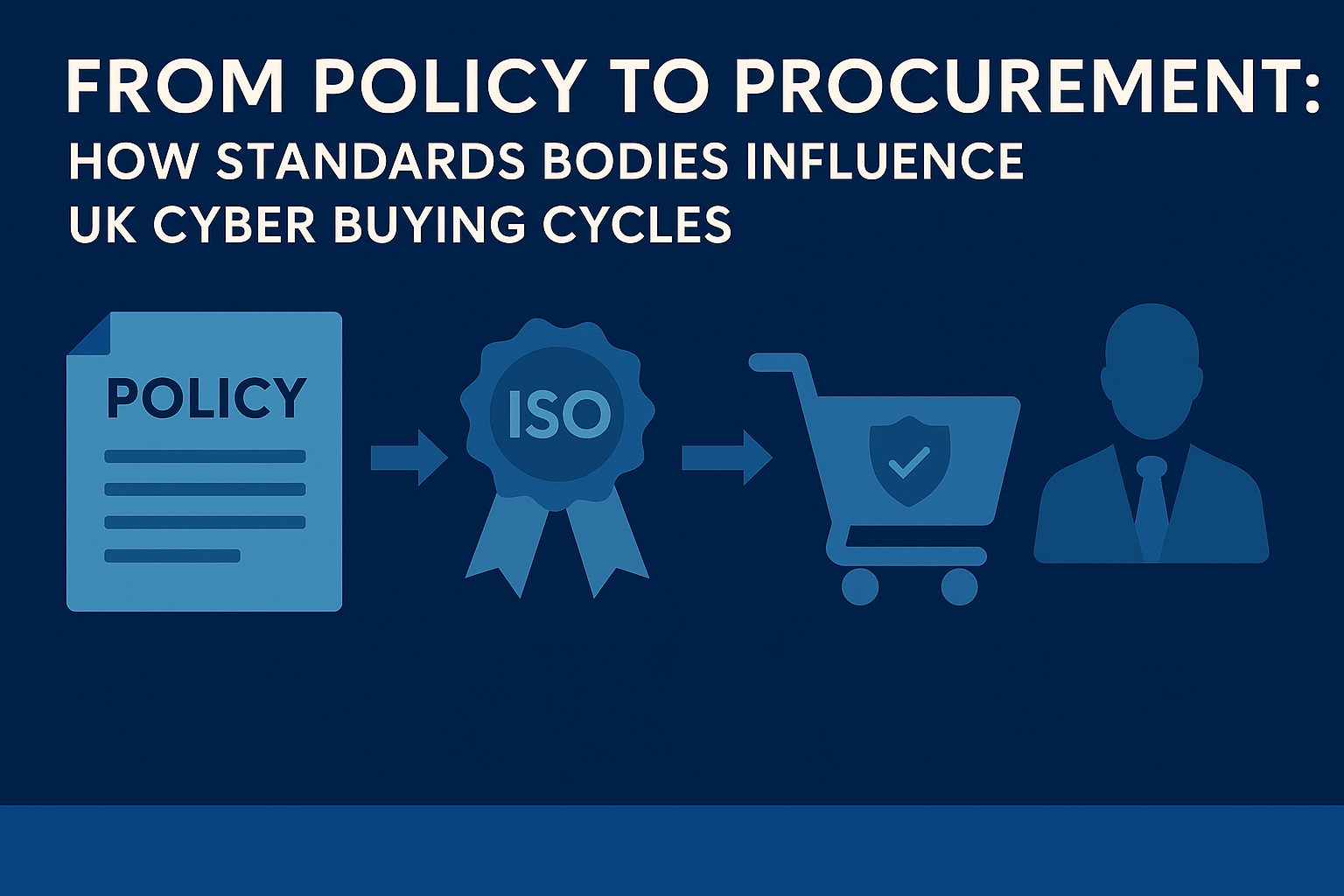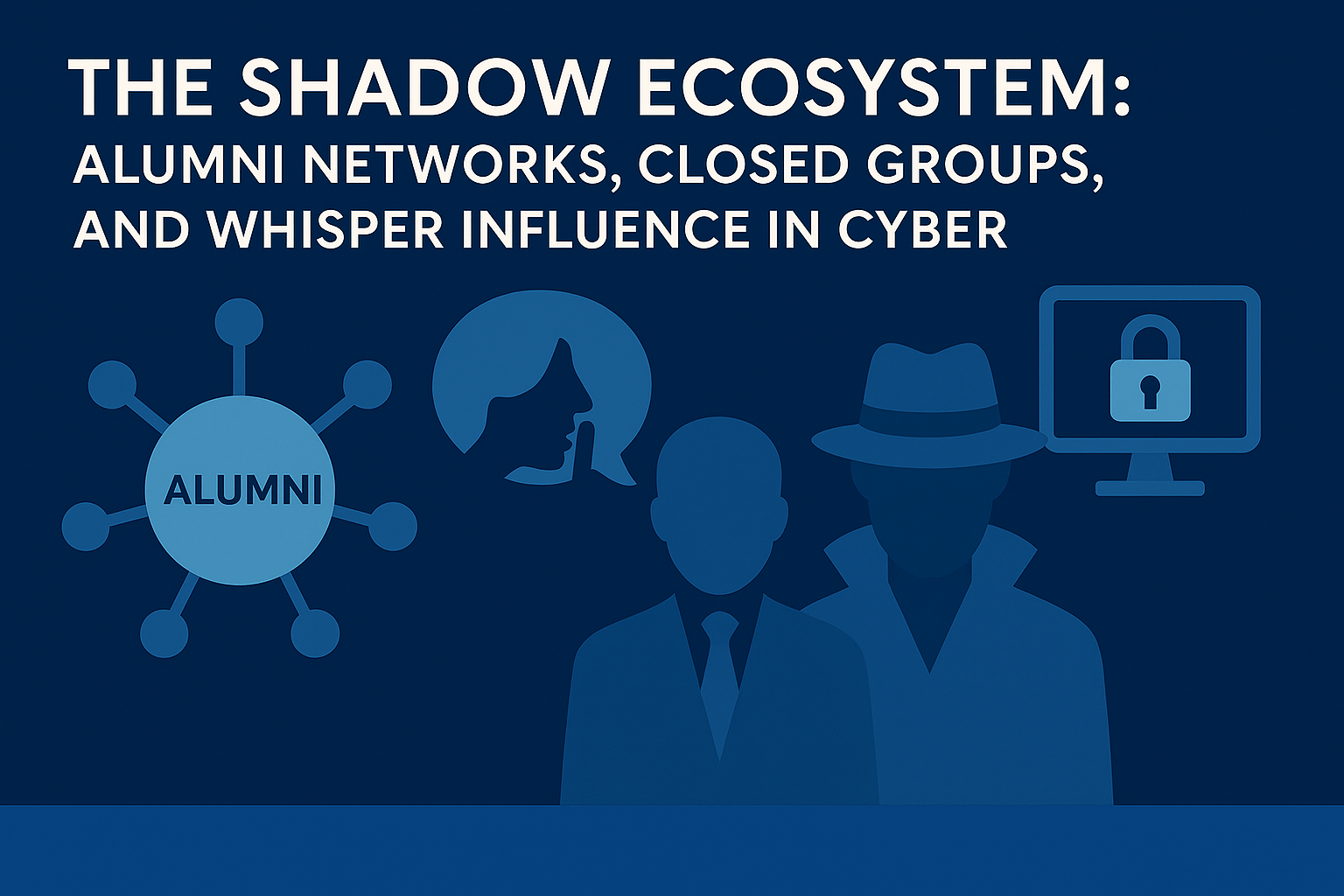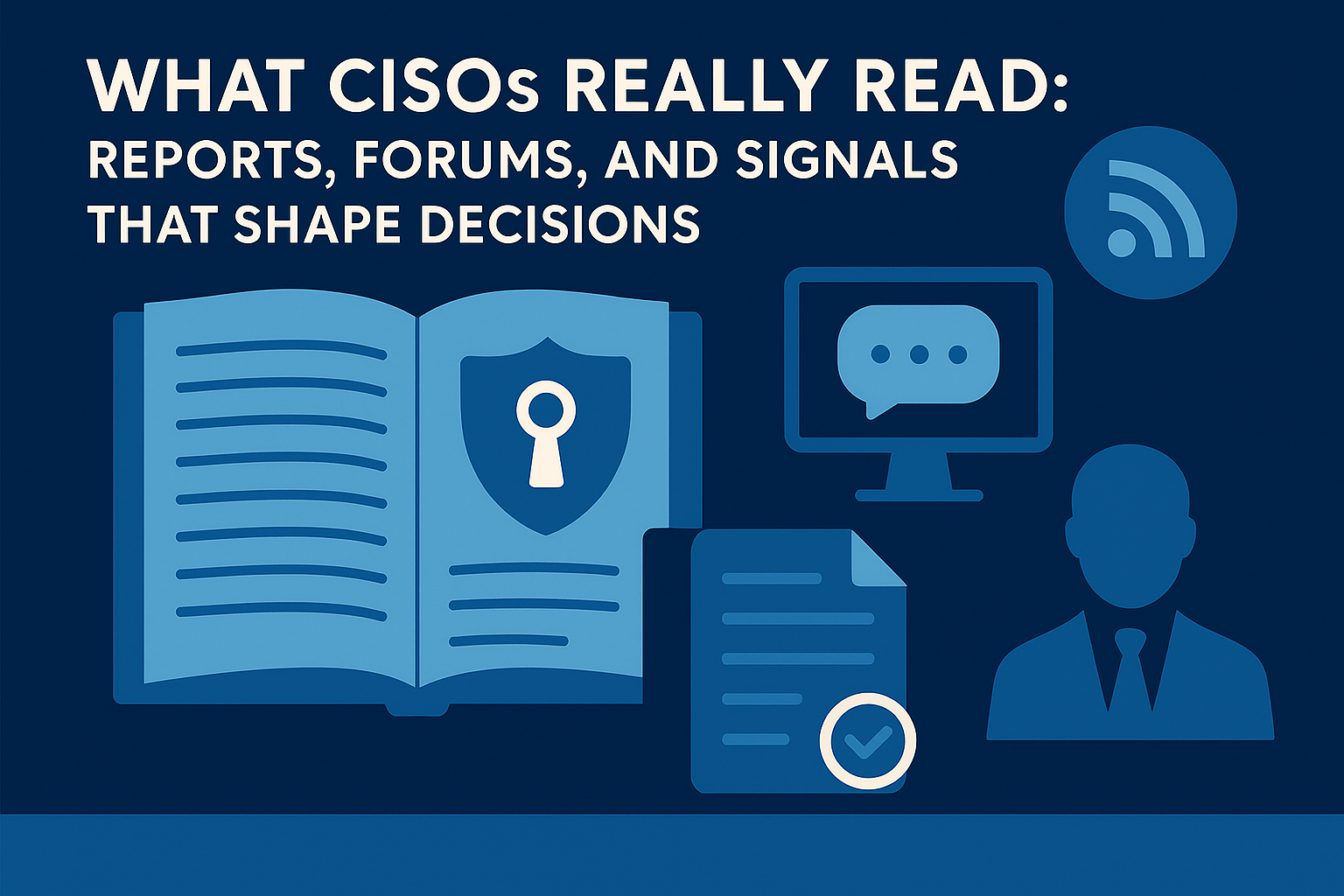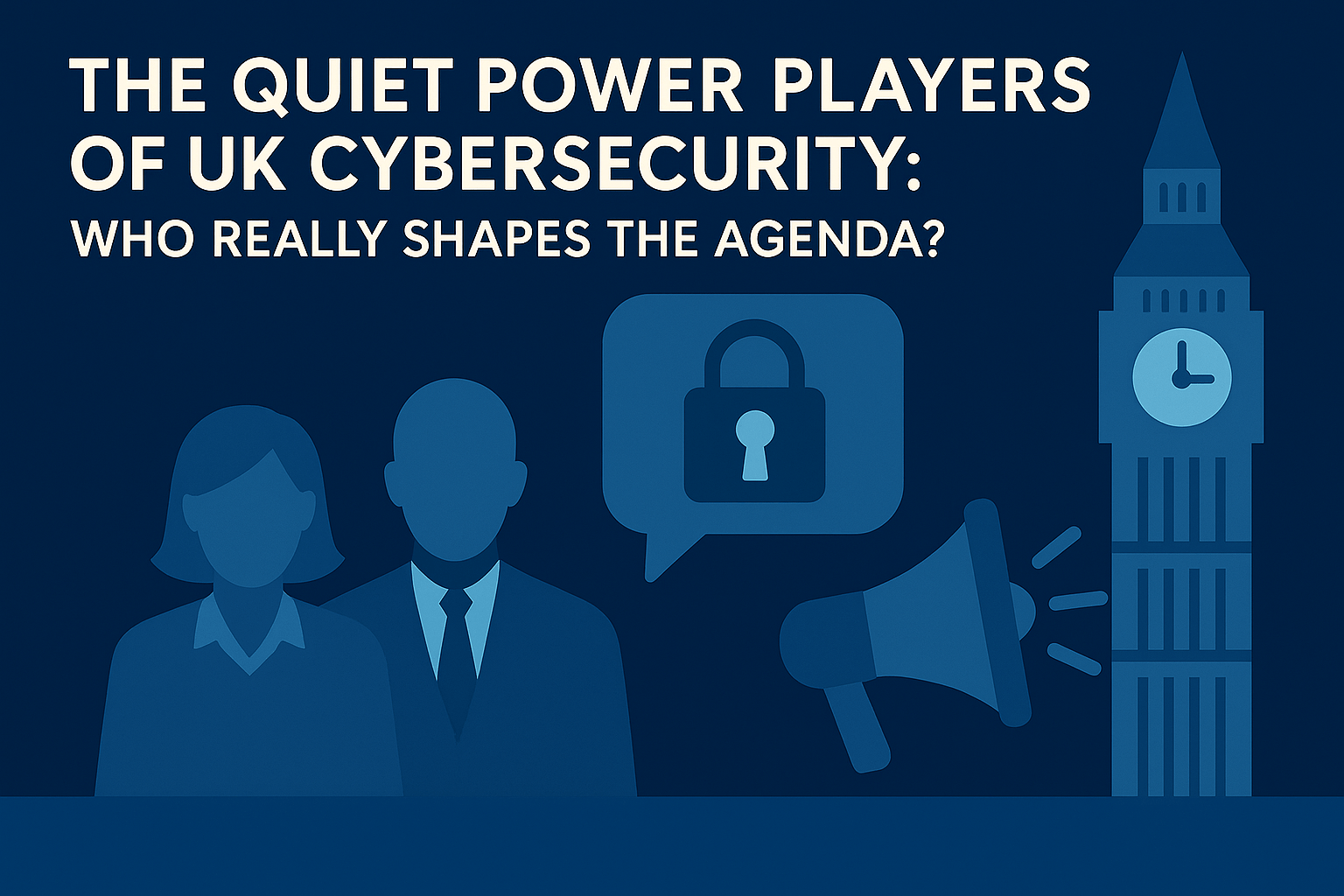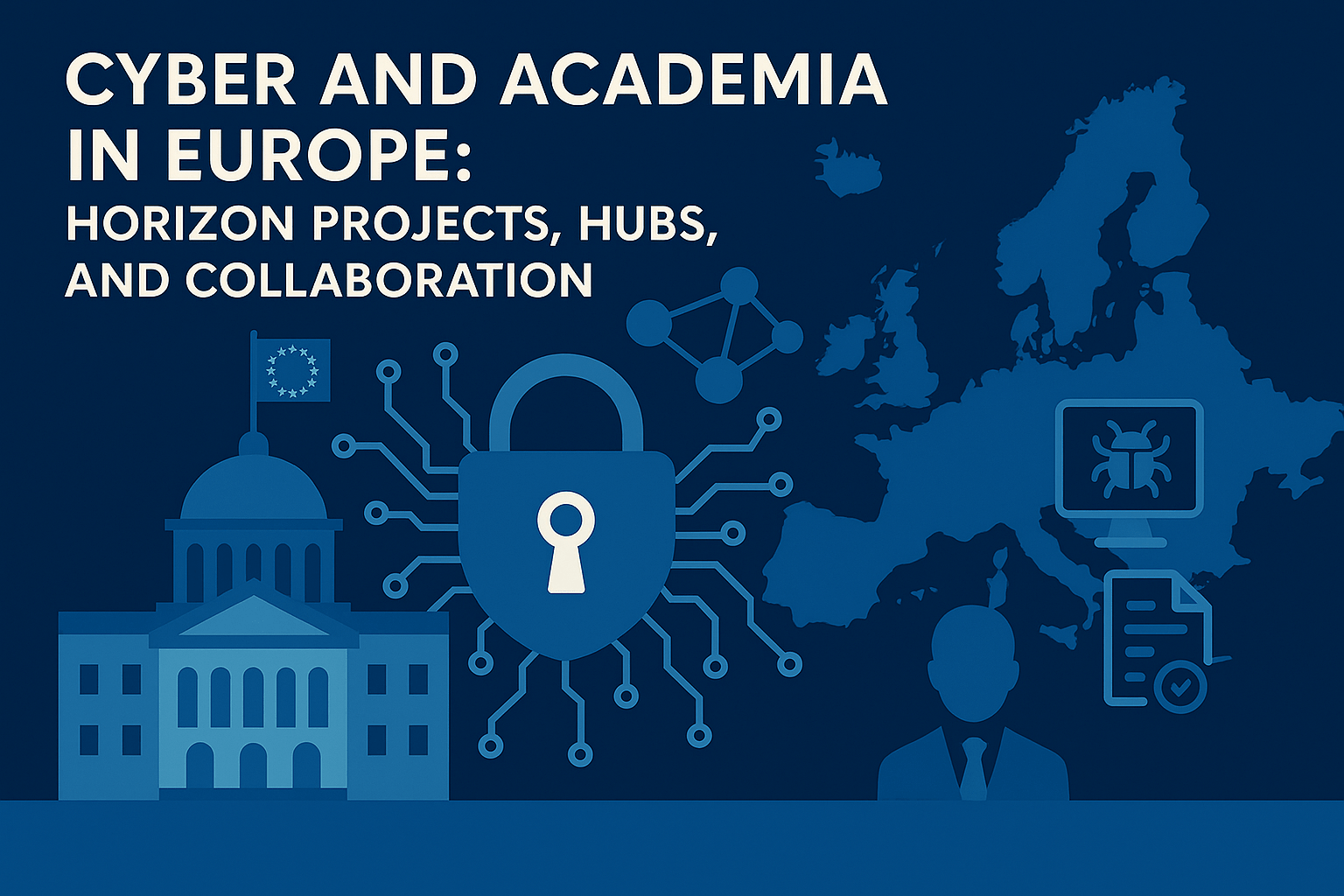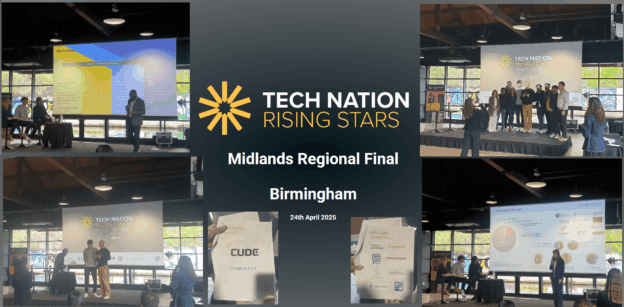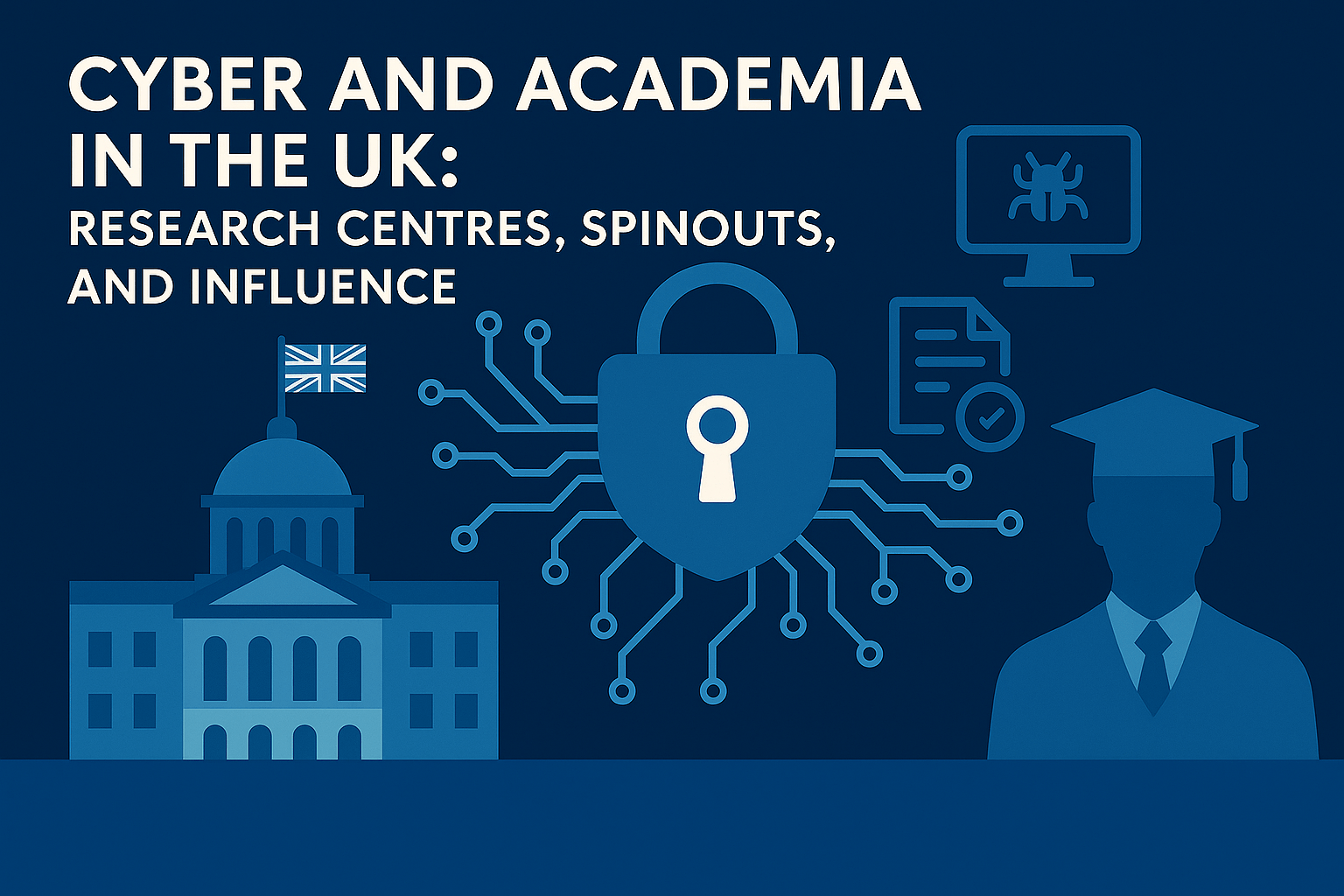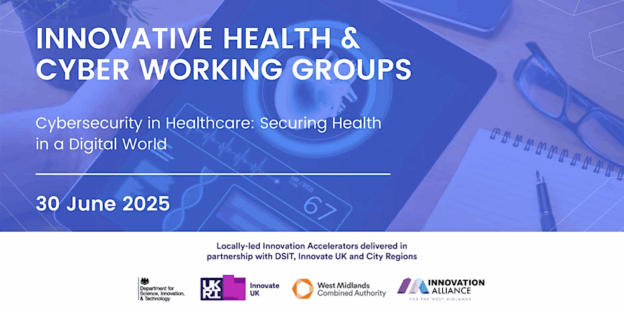AI and cybersecurity are no longer separate conversations. In the UK, they’re becoming one strategic priority, with new leaders, risks, and regulatory battles emerging fast. Until recently, AI and cybersecurity lived in different corners of policy and funding. But that era is over. From deepfake fraud and LLM jailbreaks to AI-assisted vulnerability discovery, the UK now faces a landscape where cyber threats and AI systems are not just overlapping; they are entangled. And the convergence is reshaping national security strategies, tech standards, and regulatory structures. This article explores the organisations, thinkers, and working groups shaping the AI–cyber policy crossover in the UK, and how startups, researchers, and advisors can influence what comes next.
Continue reading
